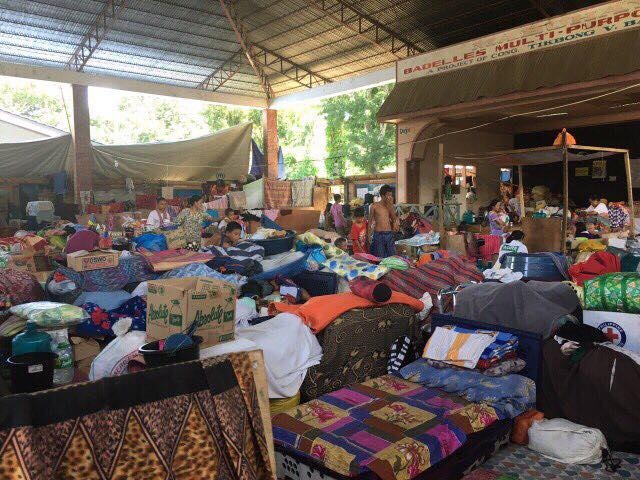
Two months after the southern Philippines’ city of Marawi was liberated from Islamic extremists, hundreds of thousands of its inhabitants are still living in temporary shelters outside the city, not knowing where to start with the rebuilding of their lives, nor how to heal the scars.
Fighting in Marawi broke out in May last year after the militants tried to take over the city to create an Islamic state. The conflict lasted five months, killing 1,100 people and causing more than 400,000 to flee their homes, while destroying much of the city.
According to the government it will cost about US$ 1 billion to rebuild the city. Reconstruction is scheduled to start in the second quarter of 2018, Catholic news agency UCAN reports.
Some of the areas where fighting was most severe are still closed to civilians. And some of those who went back to their homes have now returned to the temporary shelters, or are living with family, after they found their properties shattered and plundered.
A local lawyer told UCAN it was important that citizens, including the Muslim Maranao and other ethnic groups, are consulted in the rebuilding.
Meanwhile the Catholic Church has rolled out an interfaith programme in which Muslim and Christians volunteer to come alongside those most affected by the violence.
A Catholic priest who was abducted with five other church workers on the first day of the attack, Father Teresito Suganob, escaped in November. He said “the siege will haunt him for the rest of his life”.
There were still Christians missing one month after the Philippines military liberated the city, and there has been no update on their whereabouts.